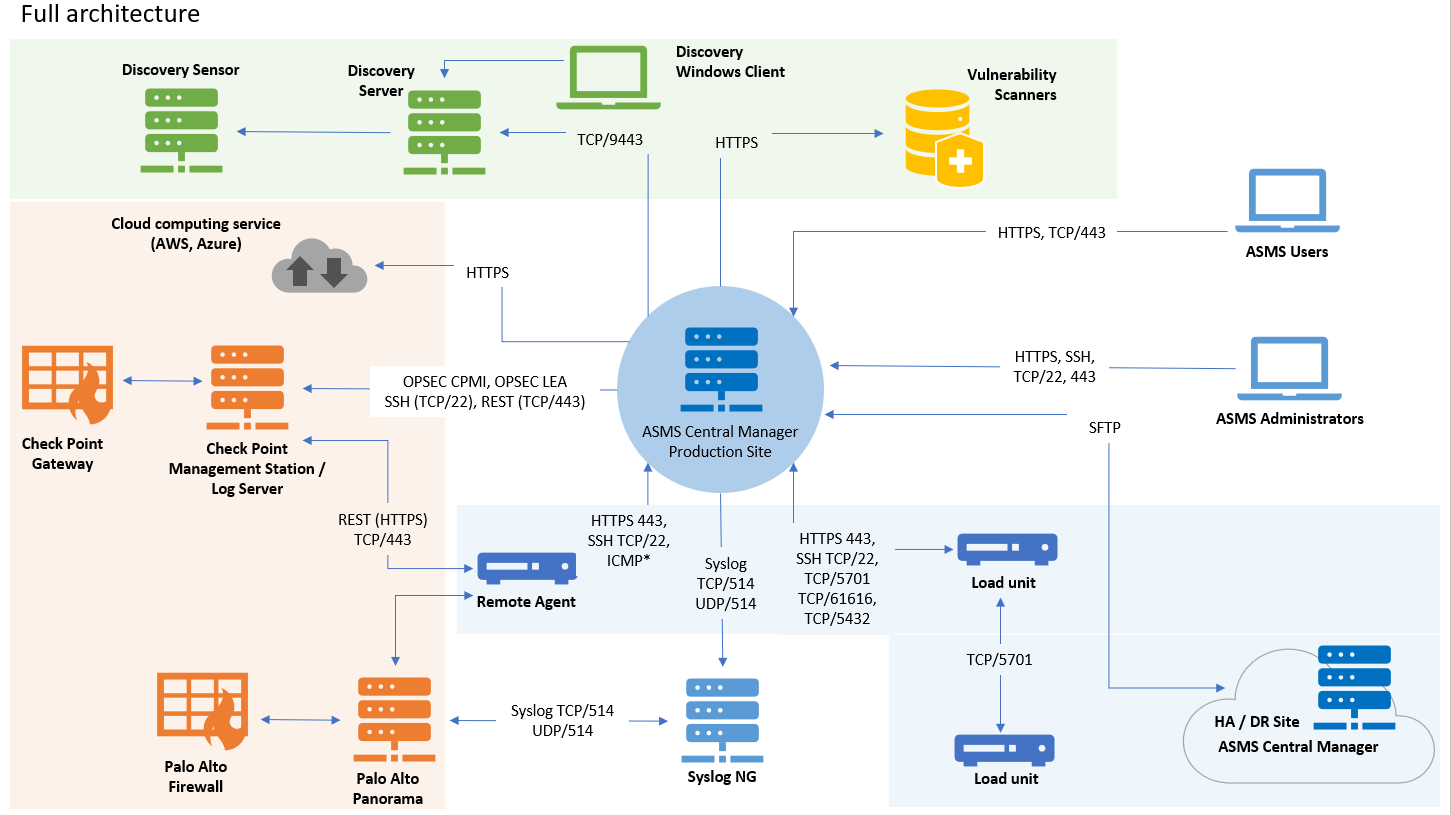

When the business wants to launch new products, improve efficiencies, or gain a competitive advantage, this will be captured in the strategy.Ī system architect will analyze business strategy and discuss all key areas and initiatives with business strategists and high-level managers. IT is a crucial component of almost every business process.

Let’s explore the key parts of a system architect’s role: Understand the desired business or departmental strategy and outcome They must absorb large amounts of information, analyze it for key factors, and provide clear, easily implementable recommendations. System architects are often senior engineers and strategists and work with stakeholders throughout IT and the business as a whole.
Advise project teams on implementing their recommended solutions. Understand software, hardware, and user interactions, integrations, and interfaces. Decide on the right architecture to achieve what they have defined. Break down those outcomes into defined parts including products, processes, and functions. Understand the desired business or departmental strategy and outcome. The roles of a system architectĪ system architect role can be split into five areas: They look at business plans and goals, analyze technical solutions, and create recommendations on the right mix of IT elements to achieve those objectives. System architects are business and technology experts. At the lowest level, system architects consult with and advise project teams on the specific software, hardware, and other elements needed to deliver defined IT project outcomes. At the medium level, system architects advise on the best tools, frameworks, hardware, software, and other IT elements to achieve mid-term departmental and functional objectives. At the highest level, system architects help to define and decide on the right IT strategy and approach that will best support long-term business plans and goals. The system architect works at several different levels in IT, from high-level business strategy to low-level project consulting. What is needed for the system designs to hold up. How much stress computer systems can take. Similar to how civil engineers need to have a complete understanding of bridges and everything they encompass, system architects must be highly proficient in understanding: System architecture is closely aligned with service design. They objectively analyze desired processes and outcomes and advise on the right combination of IT systems and components to achieve specific business, department, team, or functional goals. We have put together some information to explain what a system architect does.Ī system architect is in charge of devising, configuring, operating, and maintaining both computer and networking systems. While professionals in this role might have more freedom in their overall daily job functions, there is still a general set of responsibilities required of them. It is necessary to have someone in charge of not only ensuring that these goals are met in terms of technology, but also that the technology is: Companies that are able to create goals surrounding their systems are sure to see growth, but they can’t stop there. In the ever-evolving world of IT, having strong systems and networks is crucial. Automated Mainframe Intelligence (BMC AMI). Control-M Application Workflow Orchestration. 

Accelerate With a Self-Managing Mainframe.Apply Artificial Intelligence to IT (AIOps).








 0 kommentar(er)
0 kommentar(er)
